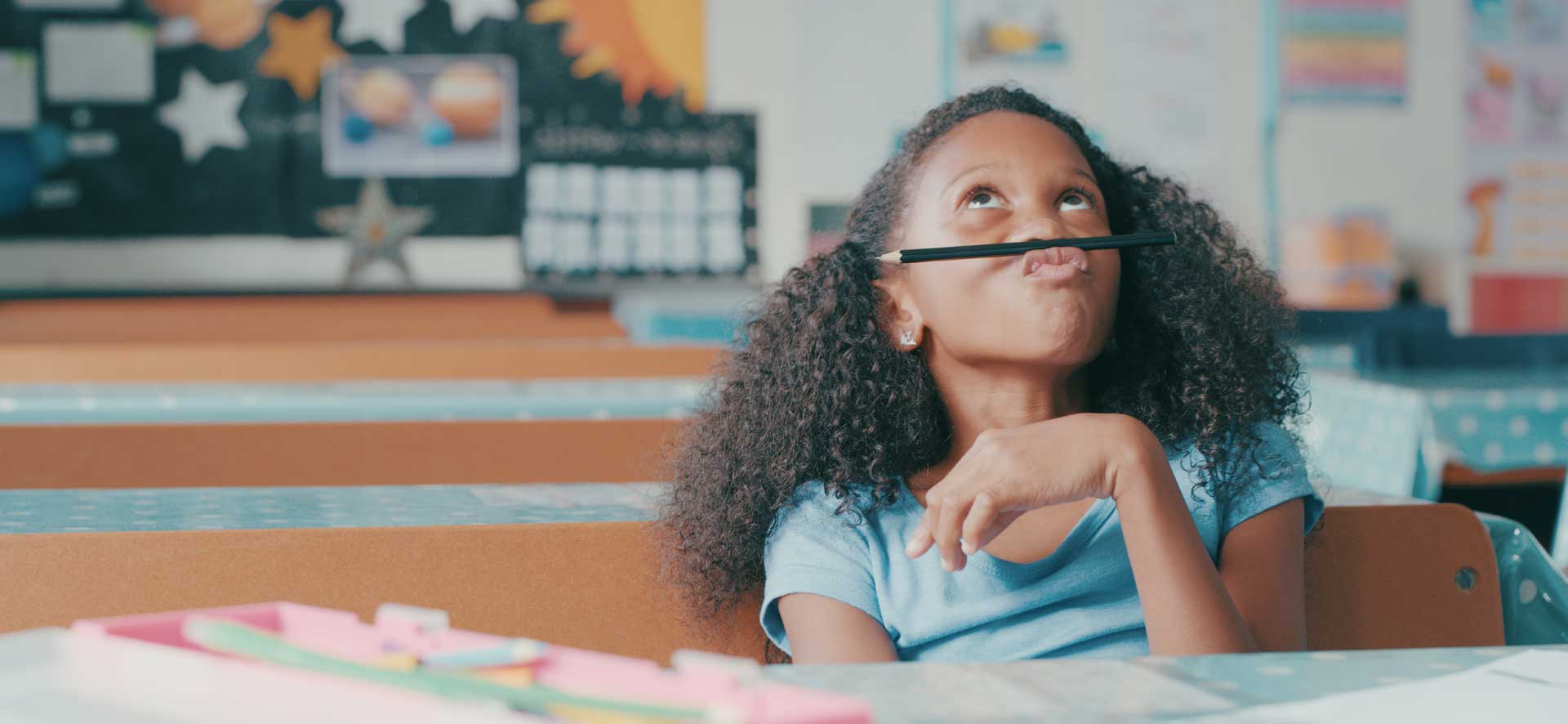How Three Extra Senses Can Impact Children’s Sensory Integration
Our SENDI early years specialist Natalie explains what the three extra senses are and how they can affect children.
Sensory Integration
Understanding how and why children might react will help us to support children at home and in nursery or schools. Behaviour is often an output of an unmet need. Sensory integration is a neurological developmental process, that supports all parts of daily life allowing us to function well in different environments why using memories and experiences stored in our brain to support reactions to new situations in the environment and though our body.
“The neurological process that organises sensation from one’s own body and from the environment and makes it possible to use the body effectively with the environment” Jean Ayres (1972)
Ways Sensory Integration Difficulties Might be Displayed
- Sensory seeking and avoidance behaviours
- Behavioural difficulties
- Difficulties with concentration and attention
- Difficulties in physical activities and coordination difficulties
- Difficulties with unstructured play at playtimes
- Difficulties with managing transitions
- Difficulties with loud environments
- Difficulties separating from care giver
- Avoiding or seeking messy/tactile play and exploration
- Distracted
- Poor motivation
- Reduced social skills or interaction
- Poor handwriting
- Poor visual skills
- Struggles to follow a plan and organise
Three Additional Senses
When we consider senses, people are often only aware of five: sight, sound, touch, taste, and smell but occupational therapists consider eight senses of integration therapy. Let’s looks at the other senses in a bit more detail.
Vestibular System
The vestibular system function is to maintain balance and space around us and allows us to move smoothly within the environment. Children who have integration problems with the Vestibular system can often be seen as clumsy and may enjoy big movement activities like jumping, swirling and swinging.
Proprioception
Proprioception is how our brain plan and body work together to coordinate movements such as getting dressed or eating. When these receptors are interrupted or not proceeded correctly children may have difficulties getting dressed, tying shoelaces or applying too much pressure to things and breaking things.
Interoception
Interoception is how our body tells our brain what is happening on the outside and inside of our body. This sense contributes to primary functions such as feeling hungry and thirsty and supports us to identify feelings we need to connect a sensation within our body to the emotion we are feeling enabling us to self-regulate. Children who struggle with this may go from 1 to 10 on scale regulation with no incremental in between. They are unable to identify they are becoming anxious or upset and may struggle with knowing when they are hungry or thirsty.
Identifying Support Needs
If you can identify with this or feel your child is showing signs of sensory integration difficulties, then speak to the settings SENCO and your GP. A good place to start is a hearing test and sight test followed by an occupational therapy referral who can support with implementing a specific sensory assessment and sensory diet.
Your nursery or school SENCO may also be able to work with you to suggest sensory activities and help implement elements of a sensory diet. Identifying key times that your child is under or over stimulated will help in planning activities to meet that sensory need.
Resources to Support World Autism Awareness Week
- Amazing Things Happen: A short film that explains the wonderful world of autism. Great for children and adults alike.
- Exclusion through Inclusion: A TEDx talk by our SENDI early years specialist, Natalie.
- Too Much Information (TMI) is a campaign by the National Autistic Society to increase public understanding of the five core features of autism and to give people an understanding of what actions they can take to help autistic people.
- Daisy and Ollie: A children’s TV show for little ones based around being friends with a little boy with autism, which helps to promote understanding and acceptance in early childhood.




